Course Format
The lecture-based learning for this course will be done online prior to the course date(s). You will receive access to the recorded lectures and will be expected to review all sessions prior to arriving for in-person learning. The in-person session will focus on hands-on, interactive training with expert faculty, who will share their skills and answer questions.
When registering for the course, you will be asked to choose date(s) for the in-person session. Multiple in-person sessions are offered to accommodate the most learners while following COVID-19 safety protocol. The instructions for all in-person sessions will be the same, so you will only attend one in-person session. No more than 18 learners will be allowed per session, so register early for best chances of reserving your preferred dates.
Target Audience
This course is for respiratory therapists, advanced practice providers, physicians, and other health care professionals with an interest in critical care or emergency medicine.
COVID-19 Safety Precautions
COVID-19 safety protocols will be followed during this course. Everyone attending must have completed an FDA-approved vaccination for COVID-19. This includes faculty, learners, and all staff supporting the course. No more than 18 learners per group will be allowed to participate in the in-person portion of the course. Social distancing guidelines will be enforced, and masks will be required at all times.
Learning Objectives
After participating in this educational activity, you should be able to:
– Describe risk factors, physical exam findings, and clinical situations associated with a difficult airway.
– Classify the various types of equipment used in the management of the patient with a difficult airway and describe their potential use and limitations.
– Demonstrate a systematic approach to patient, equipment, and drug preparation prior to intubation.
– Demonstrate effective management of the patient with a difficult airway.
– Successfully perform direct laryngoscopy in a clinical environment.
– Employ video laryngoscopes in difficult airways.
– Plan for and use extraglottic devices and cricothyrotomy to manage failed airways.
– Use crew resource management principles to effectively utilize an airway management team, maximizing success and patient safety during intubation.
Content :
Interactive Lectures
- Critical Care Airway Management: Opportunities for Improvement
- Intro to Video Laryngoscopy
Interactive Workshops
- APPROACH: Checklist for Success
- Algorithms: Case-based Discussions
- Panel Discussion: How Do You Do It?
- Taking the Checklist to Your Institution
Hands-on Workshops
- Biomechanics of Intubation: Video Feedback of Technique
- Direct Laryngoscopy, Bag-Valve-Mask, Bougie
- Extraglottic Airways With Fiberoptic Intubation
- Videolaryngoscopy and Other Advanced Airway Tools
- Limited Mouth Opening
- Portable Videoscopes
- Cricothyrotomy
- Management of Tracheostomy Complications
- Awake Intubation
- The Airway Checklist: Every Patient, Every Time
- High-fidelity Simulations: A Teamwork Approach, Crew Resource Management, Difficulty Levels 2-5, Failed Airway and Rescue
Assessments
- Pre- and Post-course Knowledge Assessments—knowledge assessments to be completed on your own time
- Post-course Knowledge and Skills-based Assessment

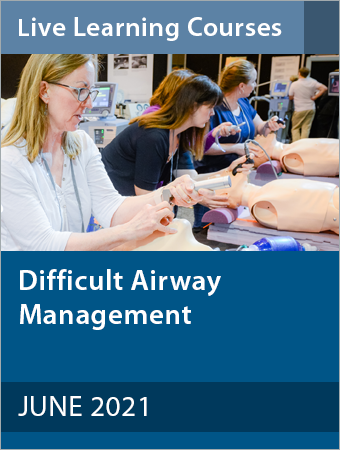

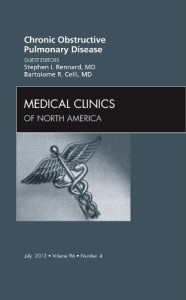
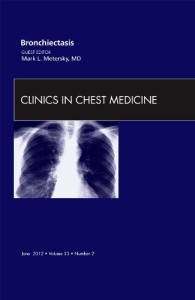



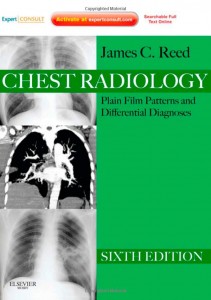
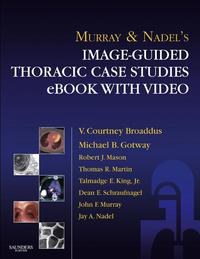
Reviews
There are no reviews yet.